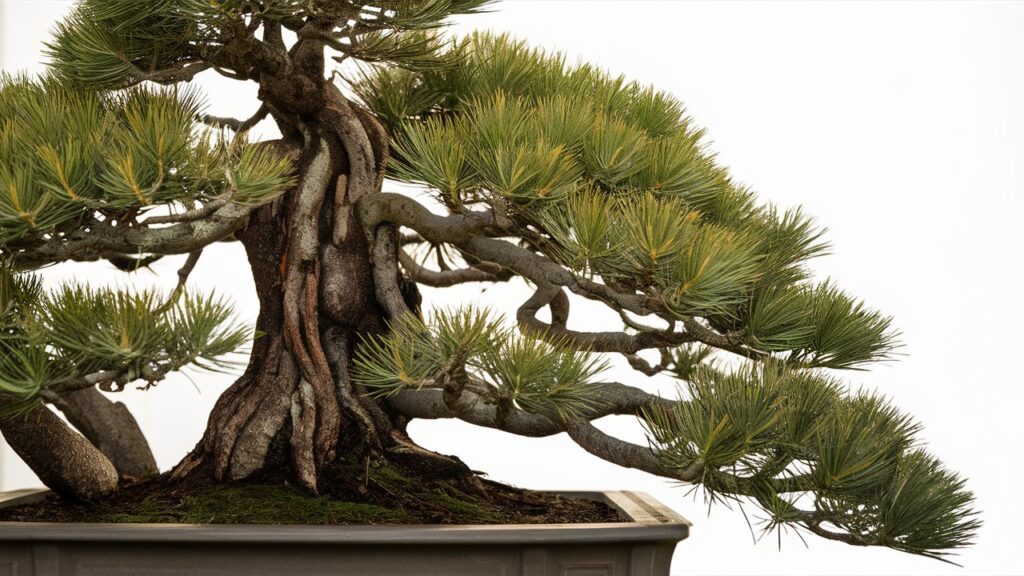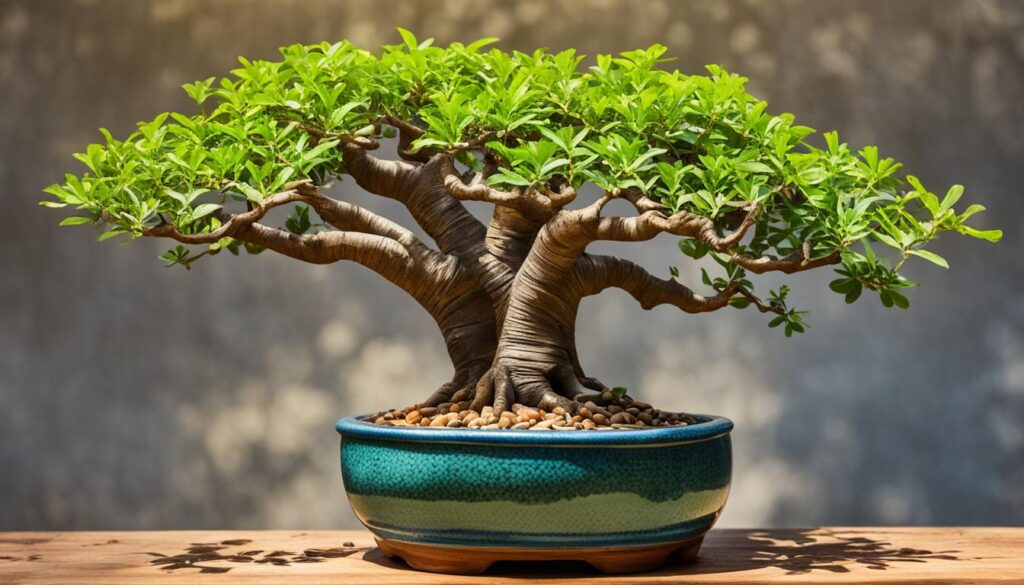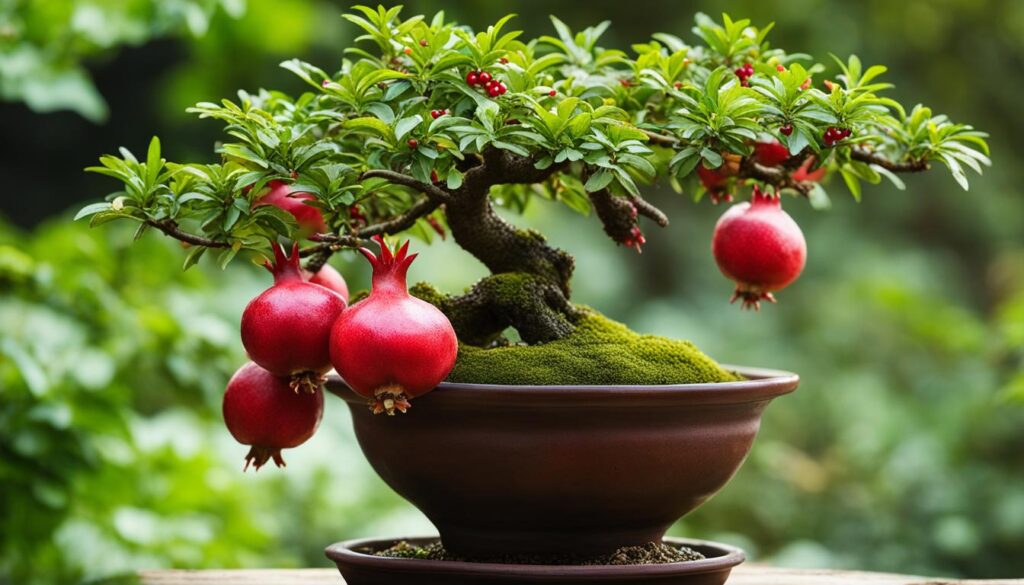Pinus mugo bonsai is a popular choice among enthusiasts due to its hardiness and adaptability. Native to European mountains, this conifer’s dense foliage and gnarled appearance make it ideal for various bonsai styles.
This guide covers essential aspects of Bonsai Pinus mugo cultivation, including growing conditions, planting techniques, maintenance practices, and common challenges. Understanding Mugo Pine’s specific needs enables you to create a thriving bonsai suitable for both indoor and outdoor settings.
Key Takeaways
ToggleUnderstanding Pinus Mugo

Pinus mugo is a versatile European conifer ideal for bonsai cultivation. This shrub or small tree typically grows 4-10 feet tall, featuring dense, dark green needles arranged in pairs that persist for over four years. Mugo Pines exhibit a broad pyramidal shape, enhancing their visual appeal.
Bonsai Pinus mugo is popular due to its adaptability to various soil types, particularly well-draining soils, and tolerance for full sun and partial shade. Its resilience and ease of care make it suitable for both novice and experienced bonsai enthusiasts.
Pinus Mugo bonsai’s robust growth habits and ability to withstand pruning allow practitioners to create stunning displays. These characteristics ensure the Mugo Pine remains a beloved option in bonsai cultivation, offering ample opportunities for shaping and styling while maintaining the tree’s health and vigor.
Must Read: Bonsai Pine Tree Care Guide
Healthy Growth Conditions
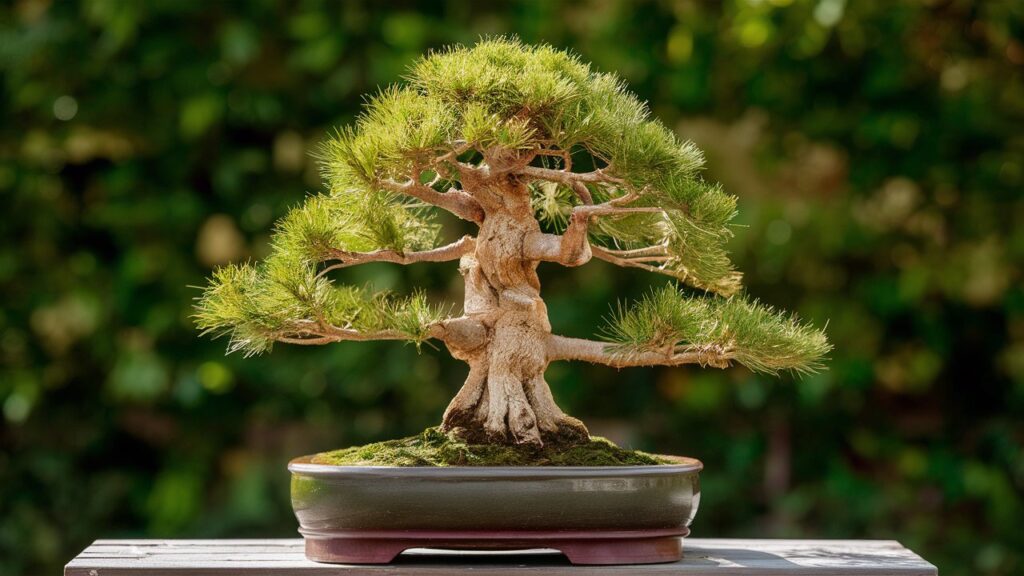
Pinus mugo bonsai thrives in full sun, requiring at least six hours of direct sunlight daily for robust growth and vibrant foliage. Well-draining soil is crucial for Bonsai Pinus mugo health, preventing water retention and root rot. A mix of akadama, pumice, and lava rock provides optimal drainage and aeration.
Watering Pinus mugo bonsai requires balance. Maintain consistent moisture without over-watering by allowing the top inch of soil to dry between waterings. This ensures adequate hydration without waterlogging the roots.
Mugo Pine prefers cooler climates and tolerates a range of temperatures, making it suitable for outdoor growth in temperate regions. Appropriate humidity levels support the bonsai’s health and vigor.
These optimal growing conditions foster healthy development of your Pinus mugo bonsai, enabling you to cultivate a thriving miniature tree that showcases the beauty of this species in bonsai form.
Must Read: Black Pine Bonsai (Pinus thunbergii) Growing and Care Guide
Planting and Propagation
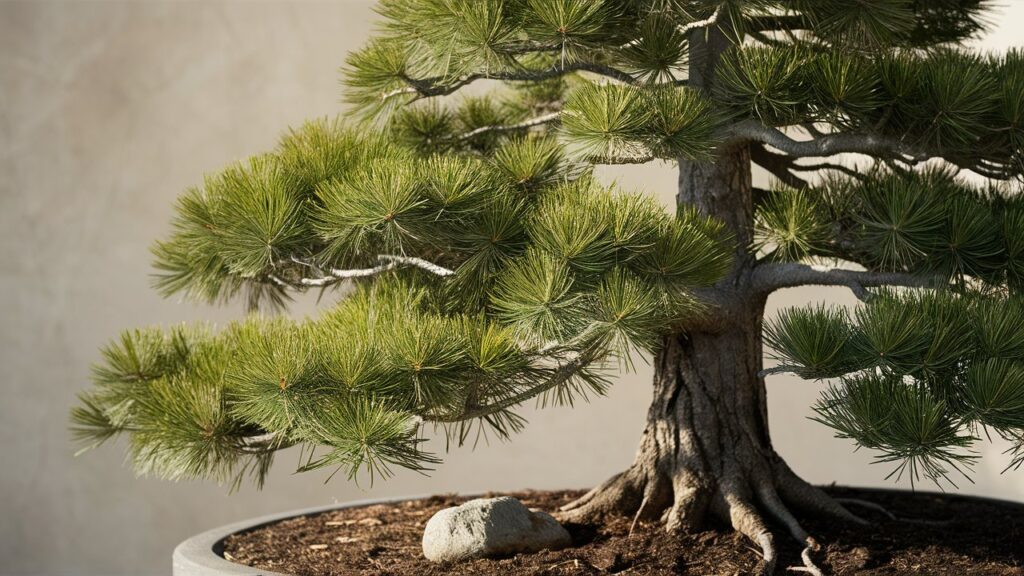
Pinus mugo propagation primarily uses seeds or cuttings. For seeds, soak them in water for 24 hours before planting in well-draining soil, ensuring seedlings receive essential nutrients during early development. Cutting propagation requires careful timing and technique for success.
When planting Bonsai Pinus mugo, choose a healthy specimen with a strong central leader. Avoid weaker varieties like P. mugo ‘Mops’, which respond poorly to bonsai techniques. Use a shallow, wide pot with well-draining soil mix to support healthy root growth and stability.
Trim roots appropriately before planting to fit the pot and promote new growth. This preparation enables you to cultivate a thriving Pinus Mugo bonsai that can be shaped and styled effectively over time.
These planting and propagation techniques lay the foundation for a successful Pinus mugo bonsai, allowing you to create a miniature representation of this hardy conifer species.
Care and Maintenance
Proper care is essential for maintaining a healthy and aesthetically pleasing Pinus mugo bonsai. Fertilize with a balanced, slow-release fertilizer during the growing season from spring to late summer, providing necessary nutrients for healthy growth.
Watering techniques are critical for Bonsai Pinus mugo. Use well-draining soil and avoid waterlogging the roots. Water thoroughly, allowing the soil to dry slightly between waterings. Adjust frequency based on temperature, humidity, and bonsai size.
Prune your Pinus Mugo bonsai during the growing season, selecting healthy buds and branches to shape growth. Apply wiring to guide branch placement, but remove wires before they damage the bark.
Repot every two to three years in summer. This process refreshes the soil, trims roots, and maintains the bonsai’s size. Use a well-draining soil mix and trim roots to fit the new pot.
These care practices ensure the long-term health and beauty of your Pinus mugo bonsai, allowing it to develop into a stunning living sculpture.
Styling
Styling your Pinus mugo bonsai involves several techniques aimed at creating a balanced and aesthetically pleasing shape. Popular bonsai styles suitable for Mugo Pine include the formal upright, cascade, and informal upright styles. Each style emphasizes the unique characteristics of the tree, allowing for creativity in design.
Patience is crucial in the desired shape, as Mugo Pines require time to respond to pruning and wiring. Begin by selecting the front and back of the tree, then prune to promote new growth and shape the branches. Regularly check developing your work, as adjustments may be necessary to achieve the perfect silhouette for your Bonsai Pinus mugo .
Conclusion
In summary, cultivating a Pinus mugo bonsai involves understanding its ideal growing conditions, proper care, and styling techniques. With patience and dedication, you can create a stunning bonsai masterpiece. We encourage you to start your journey with Mugo Pine and invite you to share your experiences or ask any questions!

